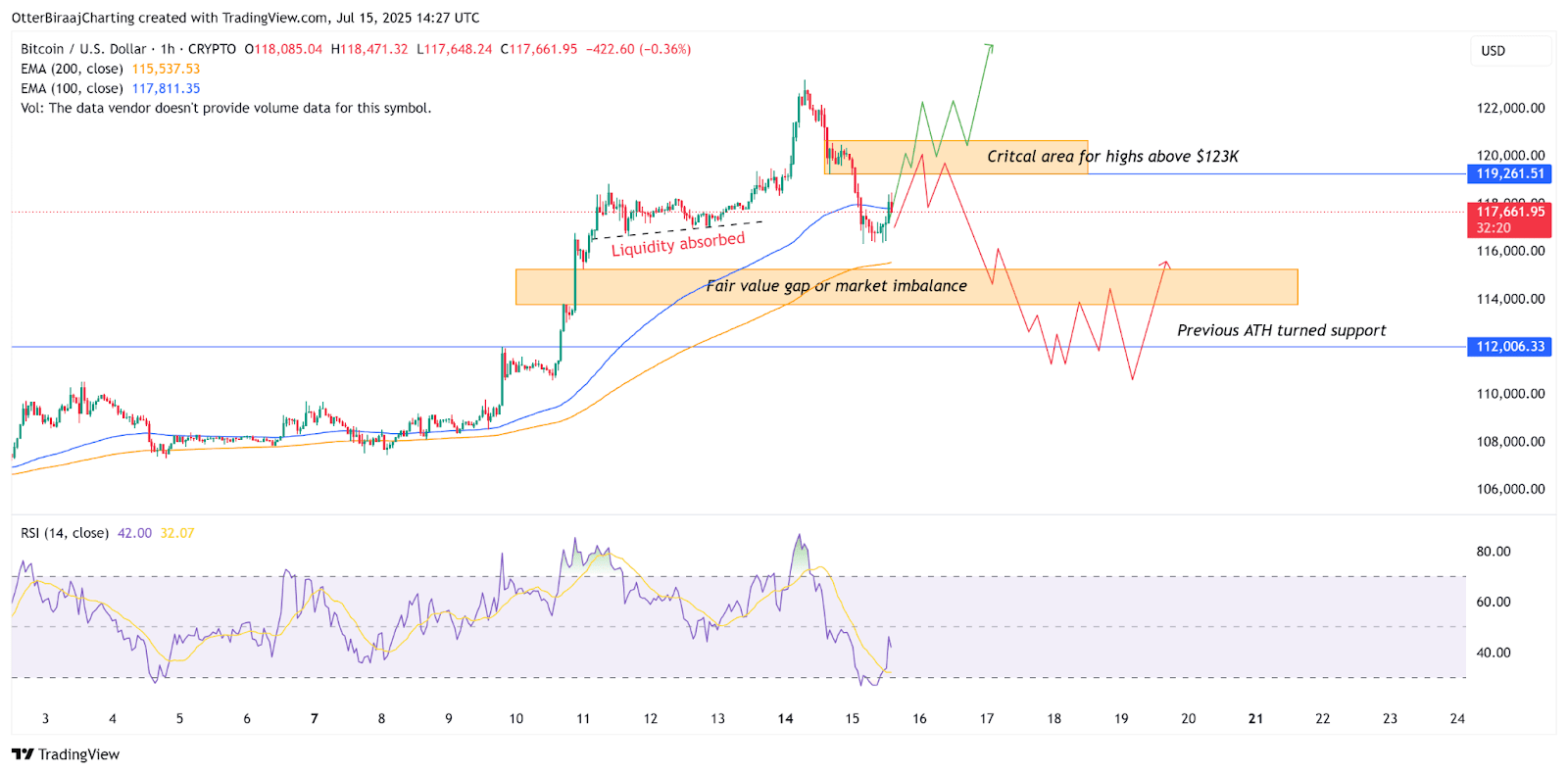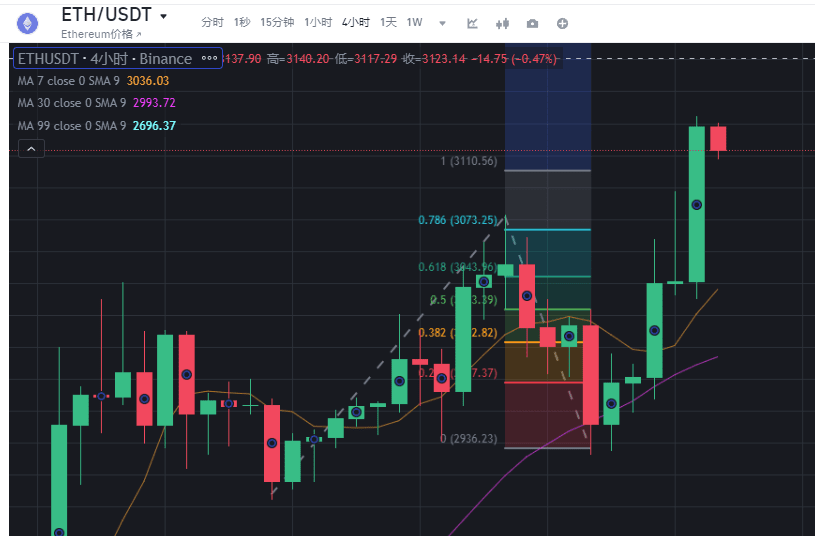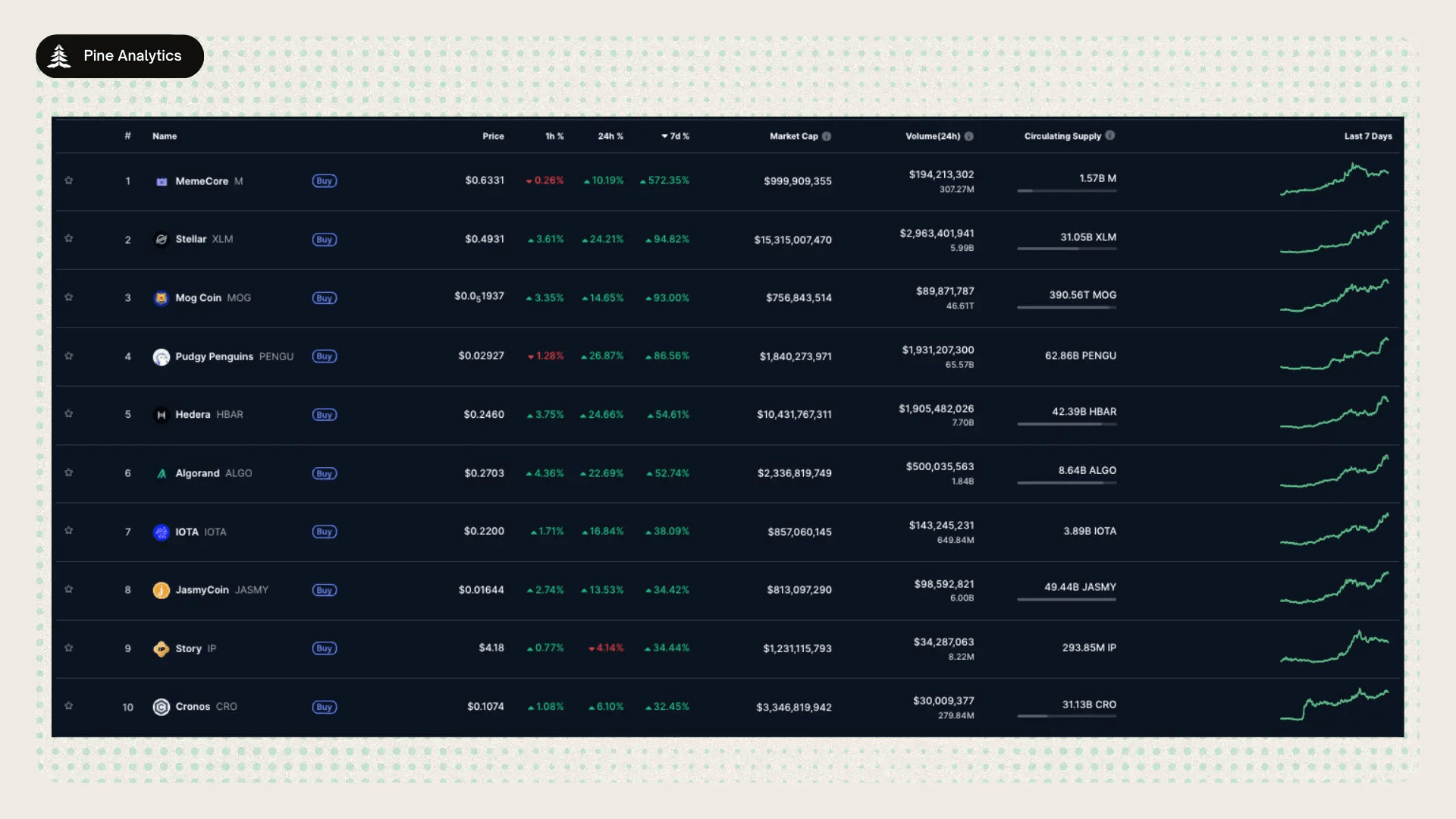As Bitcoin trembles amidst blood and storm, Ethereum is quietly rewriting the power game in the crypto world!
1. The graveyard of leveraged longs, whales counting money in the dark
This week's crypto market can be described as "fire and ice": US CPI data unexpectedly rose by 2.7%, directly extinguishing the fantasy of a Federal Reserve rate cut, and the dollar index violently surged by 2.1%. Bitcoin instantly plunged from a high of $123,000 to $115,000, with $550 million in leveraged longs liquidated within 24 hours—equivalent to evaporating the entire GDP surplus of Cyprus.
But amidst the "pile of Bitcoin corpses," Ethereum surged past $3,100 against the trend! On-chain data shows that Bitcoin reserves on exchanges have fallen to a historical low of 2.12 million coins, while the number of "whale addresses" holding over 1,000 BTC has surged to 2,135. What are these whales doing? Binance's heat map reveals the truth: the withdrawal volumes of tokens like ETH and LINK far exceed the deposit volumes, as professional players are moving assets to cold wallets to stock up for the next bull market.
Personal opinion: Don't be scared off by Bitcoin's plunge; this is precisely a signal for institutions to adjust their positions. Just like when Bitcoin dropped from $10,000 to $3,800 in 2020, Grayscale was crazy about buying, and we all know how that story ended.

2. Institutions vote with their feet, Ethereum ETF attracts $1 billion
In the past week, net inflows into Ethereum ETFs exceeded $1 billion, while Bitcoin ETFs saw capital outflows. More notably, Wall Street has started to leverage up on ETH in the OTC market—institutions like SBET and BMNN have seen a 412% year-on-year increase in OTC options trading volume.
Technically, the ETH/BTC exchange rate has broken through 0.0266, forming a classic "round bottom" pattern. Historical experience shows that when this ratio increases more than 8% weekly, it often indicates that Ethereum will outperform Bitcoin. For example, in May 2021, when ETH/BTC broke 0.04, Ethereum surged by 200% in the following three months, while Bitcoin only rose by 30%.
Personal opinion: Institutions are not philanthropists; their substantial investments in ETH indicate confidence in Ethereum's dominance in DeFi, NFT, and Layer 2 ecosystems. Retail investors should wake up and not just focus on Bitcoin's candlestick charts.

3. Countdown to altcoin season's nuclear explosion, 61.93% is the death line
Bitcoin's market dominance plummeted from 66% to 64.2% within a week, marking the largest decline since April. Technical analyst Matthew Hyland warns: if BTC's dominance falls below 61.93%, it could trigger a "nuclear-level market" for altcoins.
Data doesn't lie:
Emerging public chain DEX trading volumes like Base and Sui have increased by over 25% week-on-week
Although the CoinMarketCap altcoin season index is at a low of 29, on-chain activities are already indicating a shift of funds toward small-cap coins
The DOGE spot ETF is set to receive an SEC ruling in October; if approved, it could repeat the myth of DOGE skyrocketing by 200 times in 2021
Personal opinion: Investing in altcoins now is akin to buying Bitcoin in 2013 or Ethereum in 2020. But don't blindly chase highs; focus on projects with real-world applications, such as decentralized storage and RWA (real-world assets) sectors.

4. Opportunities amidst regulatory storms: Trump is the biggest variable
The US House of Representatives' "Crypto Week" legislation has encountered obstacles, but the pro-crypto signals released by Trump's campaign team are hedging risks. This president not only openly supports Bitcoin but is also reported to hold a large amount of crypto assets.
Key time points:
If the GENIUS Act passes this week, it will establish a clear regulatory framework for digital assets
October's DOGE spot ETF ruling may become a trigger for meme coin explosion
Personal opinion: Regulation has never been the enemy of the crypto market; it is a filter for selecting quality projects. Referencing China's promotion of the digital yuan, compliance may actually accelerate institutional entry.

5. Retail investors vs. institutions: the 30% allocation gap hides opportunities
The Wintermute report shows: 67% of institutional funds are allocated to mainstream coins, while retail investors only account for 37%, marking a historical gap. Institutions are quietly entering through OTC options and other tools, while retail investors are frantically chasing meme coins like BONK and WIF.
Does this resemble 2017? At that time, institutions bet on Bitcoin, while retail investors speculated on ICO altcoins, resulting in the former reaping huge profits while the latter lost everything in a crash. But this time is different: the maturity of the Ethereum ecosystem has given altcoins real value support.
Personal advice: Retail investors can allocate 10%-20% of their funds to high-risk altcoins, but 80% should be invested in assets with fundamental support like ETH and BNB.
Next stop, an explosion of altcoin season?
Exchange Bitcoin reserves have fallen to a historical low, Ethereum ETFs attracted $1 billion in a week, and institutions are voting with money. As Bitcoin's dominance approaches the 61.93% death line, and the DOGE ETF ruling enters the countdown, are you ready? Opportunities and risks coexist in the crypto space; staying vigilant and timing is key. I also found a short-term skyrocketing project with huge doubling potential! Want to follow along? Click on my avatar for free shares!


